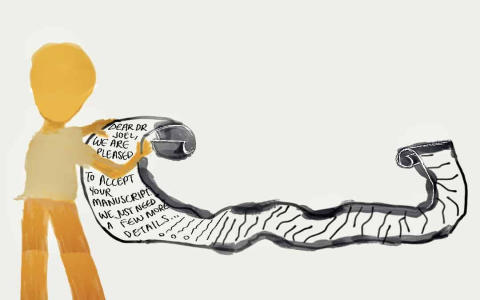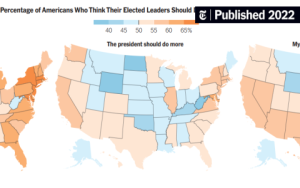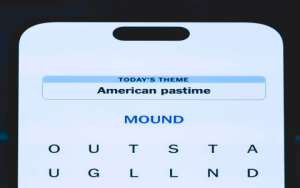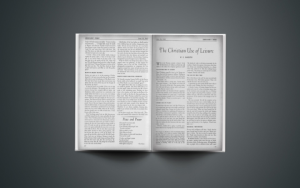The New York Times' well-publicized tips for identifying misinformation often face intense criticism from media scholars, fact-checkers, and skeptical readers. The core critiques focus on several key deficiencies:
Institutional Self-Service & Lack of Transparency
- Perceived Hypocrisy: Critics argue the Times publishes narratives sometimes perceived as aligned with specific political or economic interests, undermining its authority to lecture on misinformation without greater transparency about its own editorial choices and sourcing.
- Opaque Standards: The criteria used internally to decide what constitutes "bad news" or sufficient verification for its own reporting remain unclear. Critics demand the Times apply its own tips to its output with demonstrable consistency.
Oversimplification of Complex Issues
- Context Neglect: The tips often boil down complex topics into binary "real vs. fake" checklists, ignoring nuanced context, systemic biases in source access, and the often ambiguous nature of unfolding events where definitive facts emerge later.
- Underestimating Sophistication: Modern manipulation tactics exploit emotional biases and mimic legitimate news formats, rendering simple "check the URL/author" advice ineffective against coordinated disinformation campaigns.
Ignoring Structural & Institutional Credibility Issues
- Meta-Critique Evasion: Critics contend the Times insufficiently addresses how its own institutional history (e.g., pre-Iraq WMD reporting), perceived ideological leanings by segments of the public, or reliance on anonymized government sources contributes to audience distrust – a key vulnerability exploited by purveyors of "bad news."
- Source Diversity Gap: The tips don't adequately confront the potential for misinformation to arise from over-reliance on a narrow pool of elite sources, official narratives, or lack of representation in sourcing.
Methodological & Practical Deficiencies
- Limited Scope: The advice often primarily targets obvious, low-quality "fake news" sites, missing more insidious forms of misinformation like misleading framing, selective omission, deceptive headlines on legitimate platforms, or partisan amplification.
- Burden Shift: Critics see the tips as shifting the burden of verification entirely onto the individual reader, absolving platforms and publishers (including the Times itself) of their responsibilities in combating systemic misinformation.
- Lack of Advanced Tactics: The guidance rarely includes more sophisticated digital forensics techniques necessary to evaluate deepfakes, sophisticated image manipulation, or complex data misrepresentation.
Repeated Scandals Undermine Trust
- Credibility Hits: Significant journalistic errors, retractions, or controversial editorial decisions (e.g., coverage of certain social issues, conflicts, or political figures) by the Times itself become fodder for critics. They argue these instances demonstrate the organization fails to consistently adhere to the principles it publicly advocates, weakening its moral authority.
In essence, the most severe critiques argue that the Times' guidelines, while potentially useful at a surface level for spotting crude fakes, fail to address the deeper complexities of modern misinformation, sidestep crucial questions about institutional media power and bias, and are undermined by the paper's own contested practices and historical baggage.











